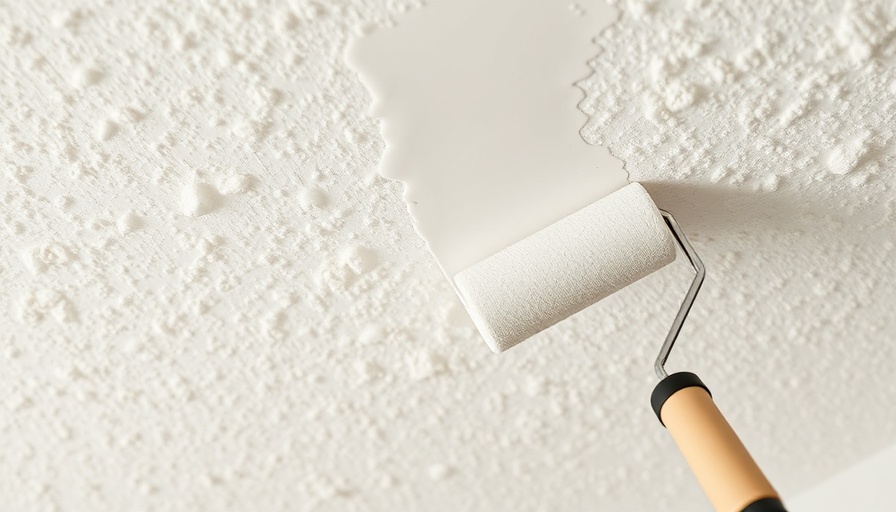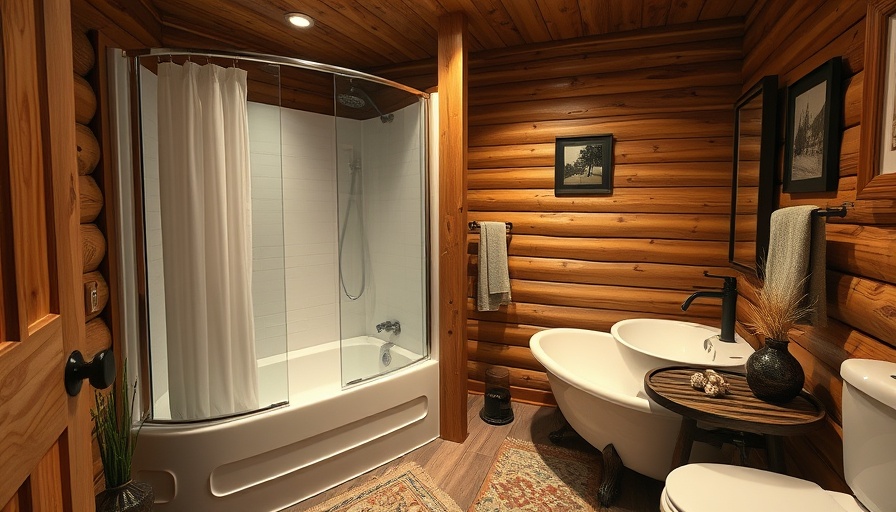
Reviving Your Home: The Essential Guide to Painting a Popcorn Ceiling
As trivia from decades past fades into obscurity, many California homeowners are left with an outdated popcorn ceiling that traps dust and debris, making rooms appear older than they are. But fear not! With some guidance, you can turn your dull popcorn ceiling into a fresh, updated feature of your home that you can be proud of. Here’s a comprehensive guide to tackle this DIY project like a pro.
Understanding the Popcorn Ceiling
Despite the trend towards modern, smooth ceilings, many homes, especially those built in the 70s and 80s, still feature popcorn texture. This popular style back then was chosen not only for its aesthetic but also for its capacity to hide imperfections. However, over the years, popcorn ceilings have garnered a reputation for accumulating grime and looking less than alluring.
Before you begin painting, it’s essential to check if your ceiling contains asbestos, especially if it was installed in the late 1980s or earlier. If there is any uncertainty, consider reaching out to professionals for testing or consult your local home improvement stores, which often provide sampling kits.
Tools and Materials: What You Need
Preparation is key to any successful painting project. Here’s what you’ll need:
- Angled paintbrush: Ideal for precise edges.
- Thick nap roller: Crucial for textured surfaces, helping the paint adequately seep into crevices.
- Paint tray and liner: For easier paint application.
- Painter’s tape: To ensure clean edges and avoid paint bleed.
- Drop cloths or plastic tarps: Protect your furniture and flooring from splatters.
- Ceiling paint: Choose a high-quality, mold-resistant ceiling paint.
- Primer: If you’re making significant color changes, this helps the new paint adhere better.
Step-by-Step Painting Guide
Step 1: Prepare the Space
Start by cleaning your ceiling to remove dust and loose particles; this ensures the paint adheres nicely. Use painter's tape to mask off the edges around the perimeter of your ceiling and any fixtures that may be in the way.
Step 2: Protect Your Environment
When using thicker nap rollers, splatters are inevitable. Cover floors and your furniture with drop cloths or plastic tarps to avoid any mess.
Step 3: Start with a Primer
If you're changing colors substantially or if the ceiling has significant stains or discoloration, use a primer first. This step boosts paint adherence and reduces the number of coats needed.
Step 4: Roll On the Paint
Use the thick nap roller to apply the ceiling paint evenly. Be careful around the edges and use your angled brush to get into tight spots. Rolling in sections will help avoid uneven application.
Step 5: Finishing Touches
After the first coat dries, assess if a second is necessary. For best results, always follow the manufacturer’s instructions.
Why Painting Matters
Regular home maintenance, including painting, not only improves the aesthetic appeal of your space but also preserves property value. In California, where home aesthetics significantly influence market value, a refreshed popcorn ceiling could make a lasting impression to potential buyers.
Future Directions: Trends in Ceiling Design
While popcorn ceilings are still a fixture in many Californian homes, newer trends are emerging that homeowners can consider. Smooth ceilings, wood paneling, and even metallic finishes are gaining traction, presenting potential opportunities for homeowners wanting a change. However, transitioning from popcorn to sleek textures often requires removal, which can be labor and cost-intensive.
Conclusion: Your DIY Potential
Arming yourself with the right tools and knowledge, painting your popcorn ceiling can be a satisfying and transformative project. If you're ready to embark on this home improvement journey, take it step by step and enjoy the process!
Whether you're preparing for a sale or personal enjoyment, freshening up your popcorn ceiling is a small investment for a significant return in comfort and satisfaction.
 Add Row
Add Row  Add
Add 




Write A Comment